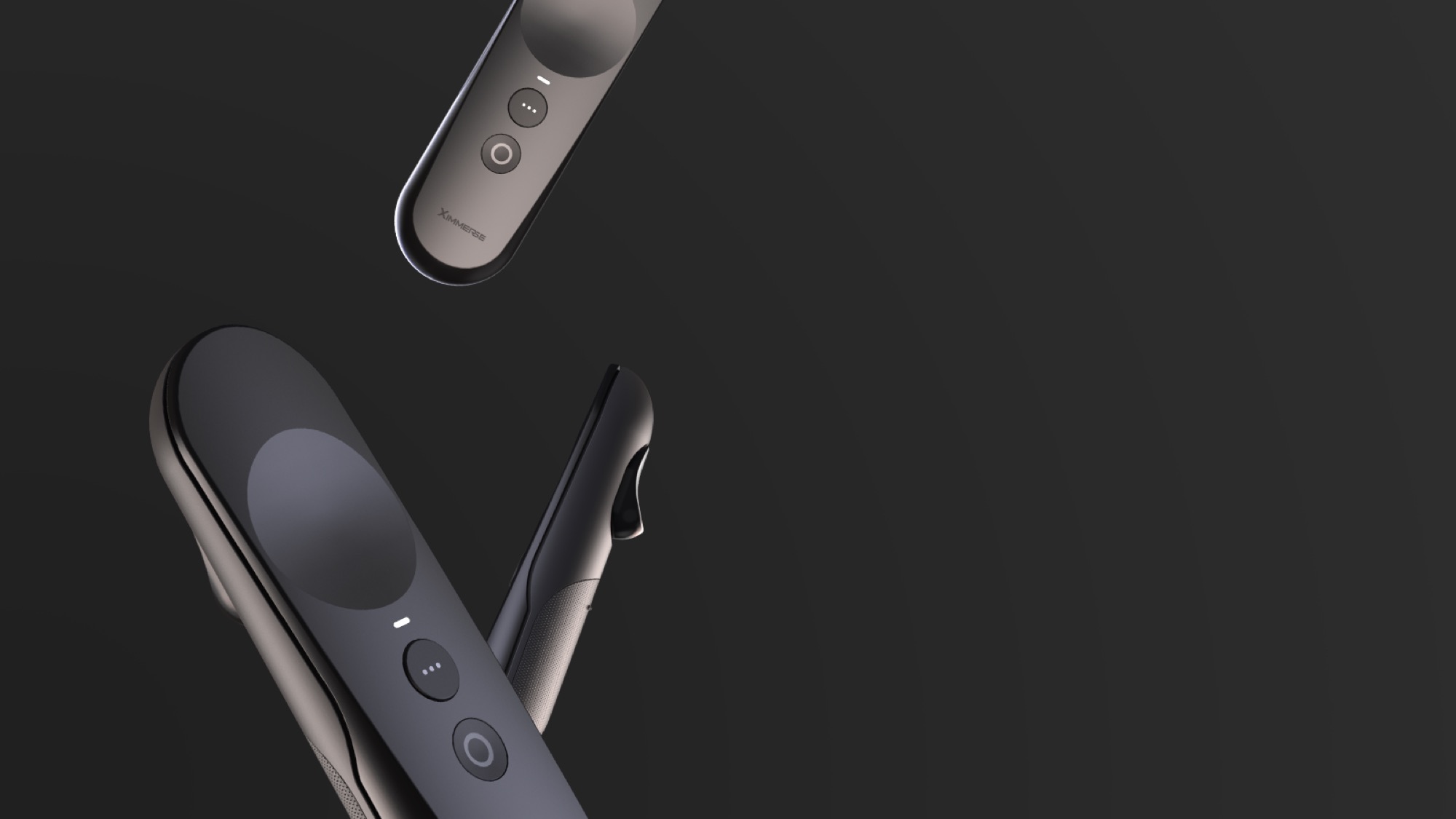
Virtual reality experiences are split into two categories in 2017. On one hand you have the high-end, expensive and power-intensive VR headsets such as the HTC Vive or Oculus Rift.
On the other hand are the cheaper, less immersive but portable mobile alternatives such as Google Daydream or Samsung Gear VR.
Both technologies offer great experiences, but if you’re looking for the more expansive - and arguably better - VR experience, you’ll need to stay at home to use your headset.
Most popular portable VR experiences use a smartphone slid into a headset. You can put your phone into a Samsung Gear VR, Google Daydream or a variety of other headsets, and then be able to play games, watch films and start up tailored experiences with relatively little effort.
This portable technology brings some inherent limitations though. Portable headsets don’t support comprehensive gaming controls and there’s no room mapping technology to move around with the VR headset on (as you can with HTC Vive, for instance).
And we’ve not even mentioned how limited the computing power is in your phone compared to the average VR-capable gaming PC.
A virtual breakthrough
That may be all be about to change with a breakthrough in mobile internet that will soon see far more thrilling mobile VR experiences that can keep pace with the best, tethered, headsets on the market.
Gigabit LTE is a new technology that paves the way for hugely improved connection speeds in the future and means you’ll have speedier load times as well as fewer problems with latency while on the move.
Qualcomm – one of the world’s most successful chipset manufacturers – has supplied its first Gigabit class LTE mobile device and network in the form of the Snapdragon X16 LTE modem, and the tech is only set to grow more powerful with the upcoming X20 variant.

For virtual reality, this is a big deal. This technology will one day allow you to have a mobile headset that doesn’t need to be filled with high-end computational power to function.
Using a Gigabit LTE connection, future mobile VR headsets will be able to stream directly to the device instead of having a phone do all the work while sitting in front of your eyes.
All of the computing power can be hosted somewhere else entirely and just streamed to a screen within the headset thanks to the speeds Qualcomm is enabling.
The next generation connectivity tech will be able to transfer lots of data quickly, ensure there’s virtually zero latency issues - which should mean no motion sickness-inducing lag when you’re using the headset - plus you won’t need to insert your phone either.
Space unjammed
With all that saved space in a visor, headset manufacturers can focus on including far better battery life and squeezing in more sensors to allow for even further immersion.
It should also offer a more comfortable experience on the head if the VR device doesn't include a heavy phone, like it does now.
It may seem like mobile VR is a much cheaper option right now because you already own a top-end phone, but this new push could also open up the tech to those who don’t own a high-end mobile device.
Anyone who doesn’t already own a phone capable of VR would be able to just purchase a headset and have that technology ready and waiting without having to invest lots of money in the latest mobile tech.
Yet perhaps the most exciting benefit of Gigabit LTE for VR though is you’ll be able to use it anywhere, without having to find a Wi-Fi connection or tethering it to a computer.
Instead you’ll be able to experience the best virtual reality in airports, waiting lounges or even just your friend’s house when you don’t want to ask for the Wi-Fi password.
Opening it up to be a truly portable experience that can handle anything thrown at it makes it one of the most exciting innovations for the VR space so far.
Whatever form it takes, Gigabit LTE is going to be able to offer a lot for those who want to experience next-generation mobile virtual reality in the next few years.
Get daily insight, inspiration and deals in your inbox
Sign up for breaking news, reviews, opinion, top tech deals, and more.